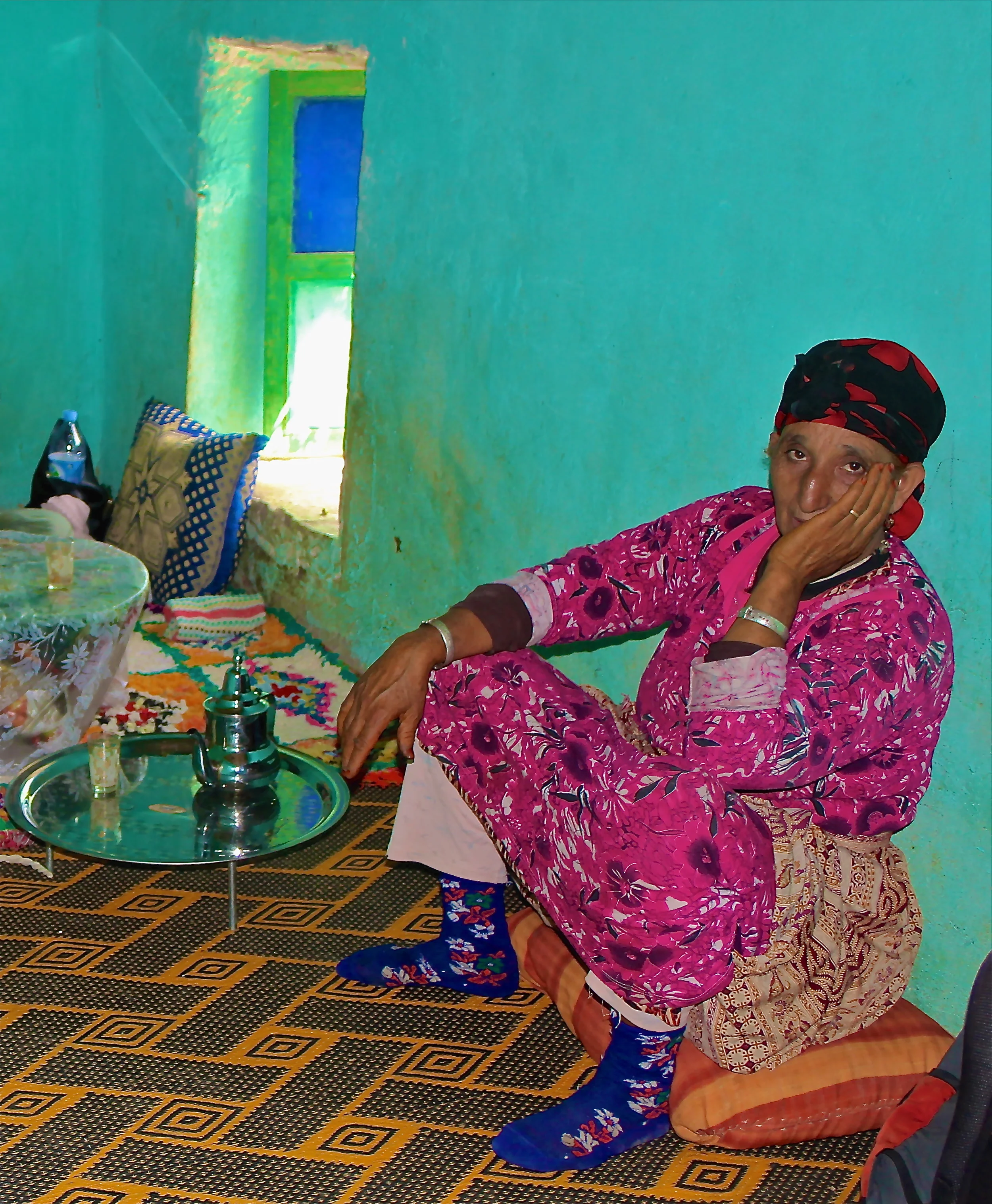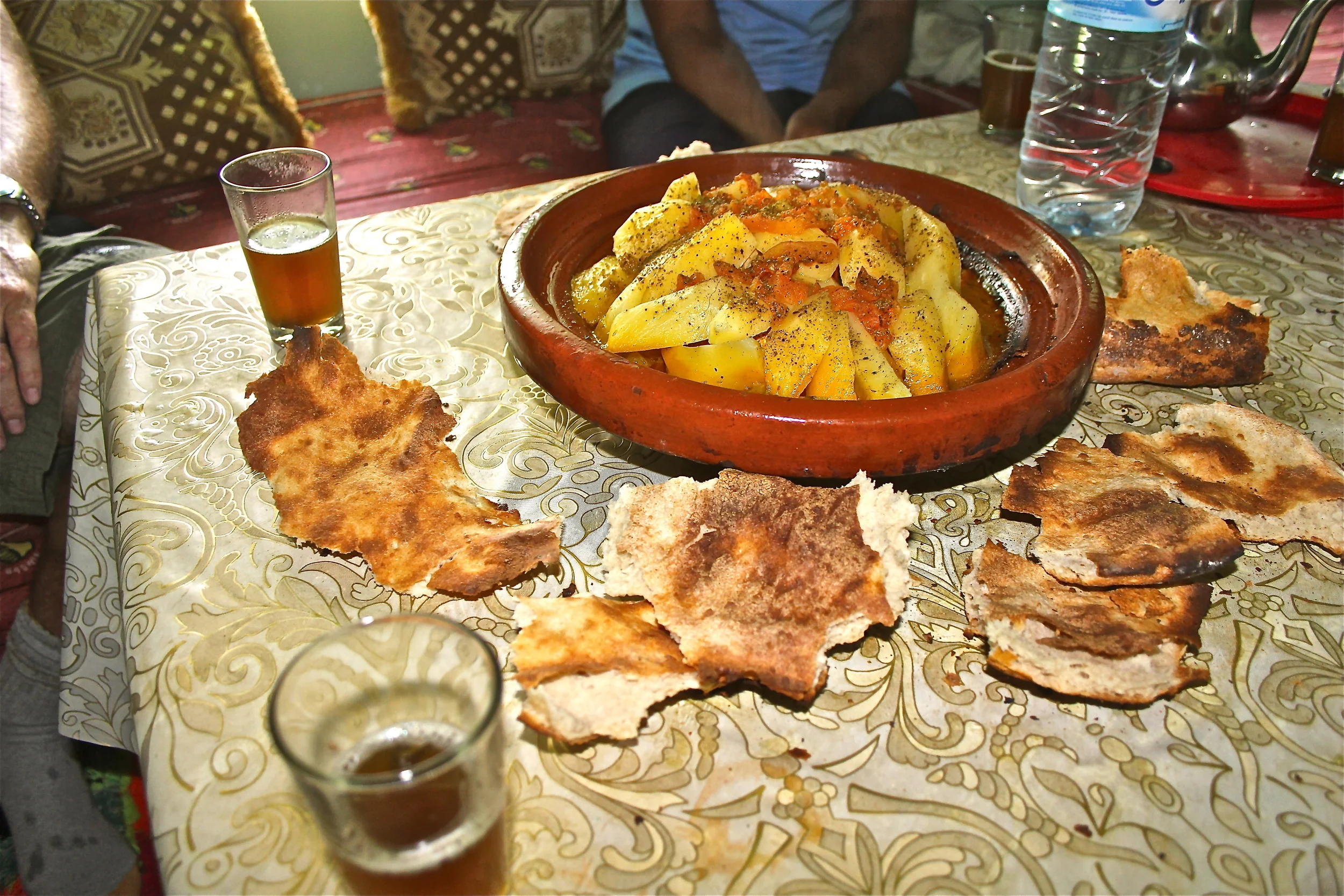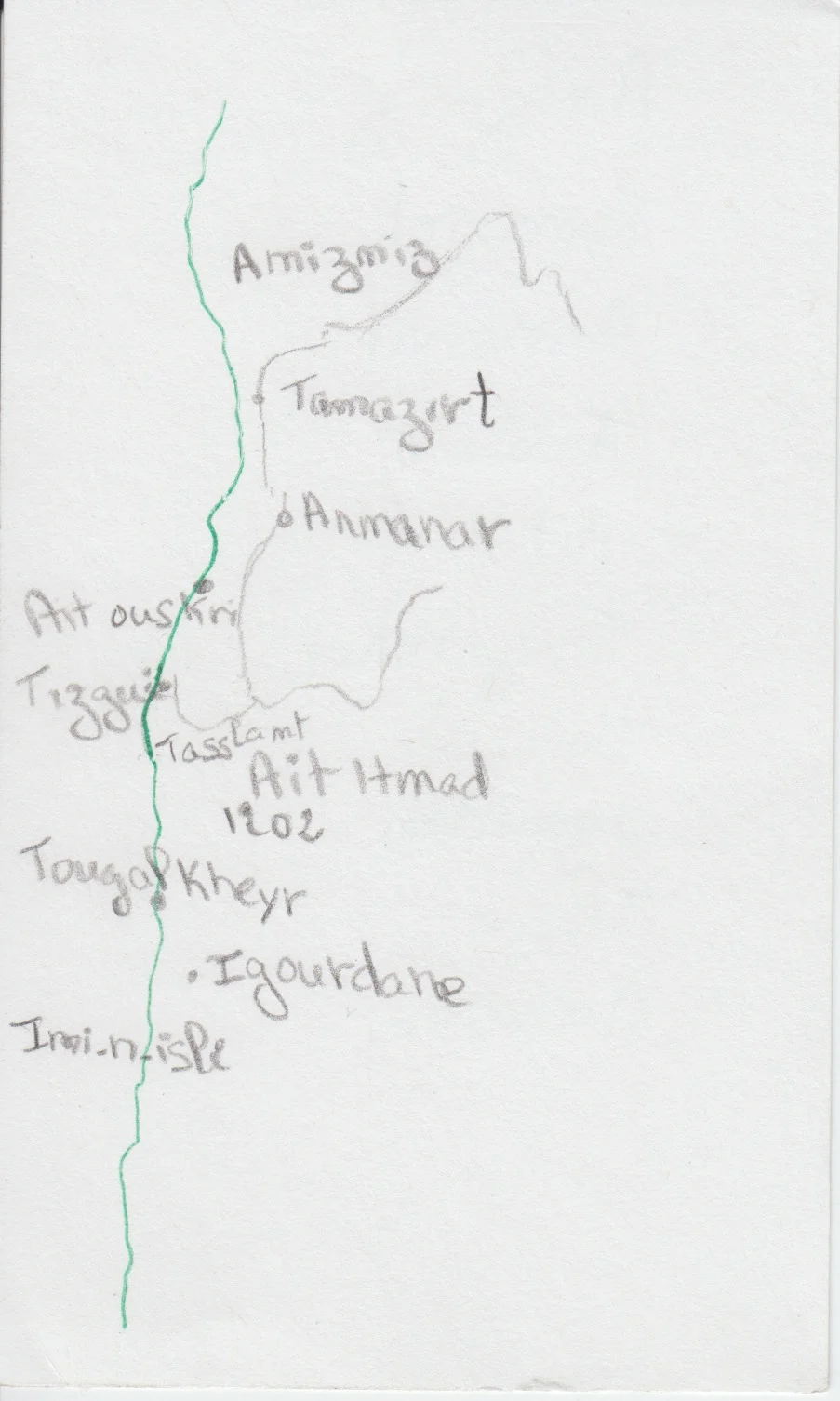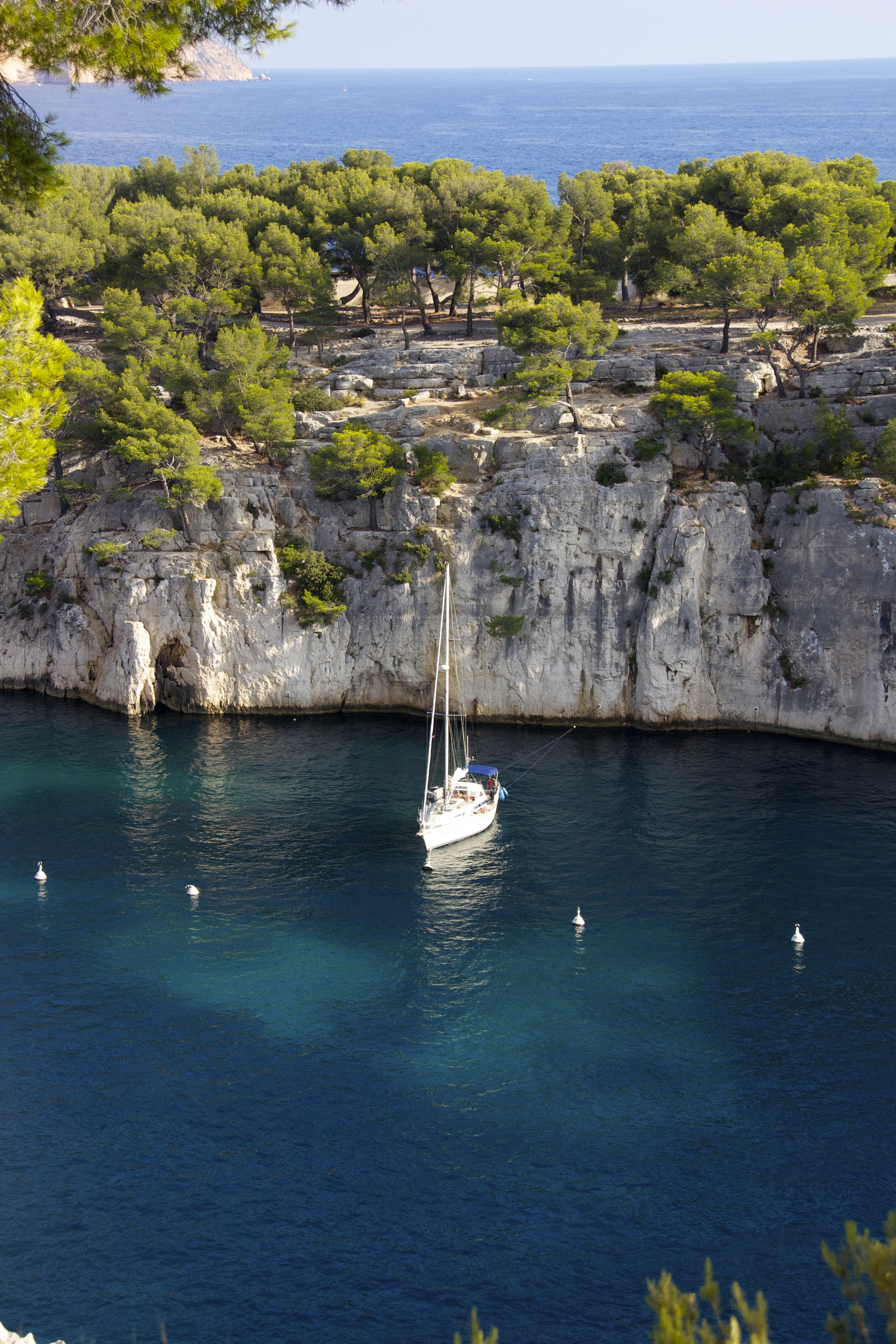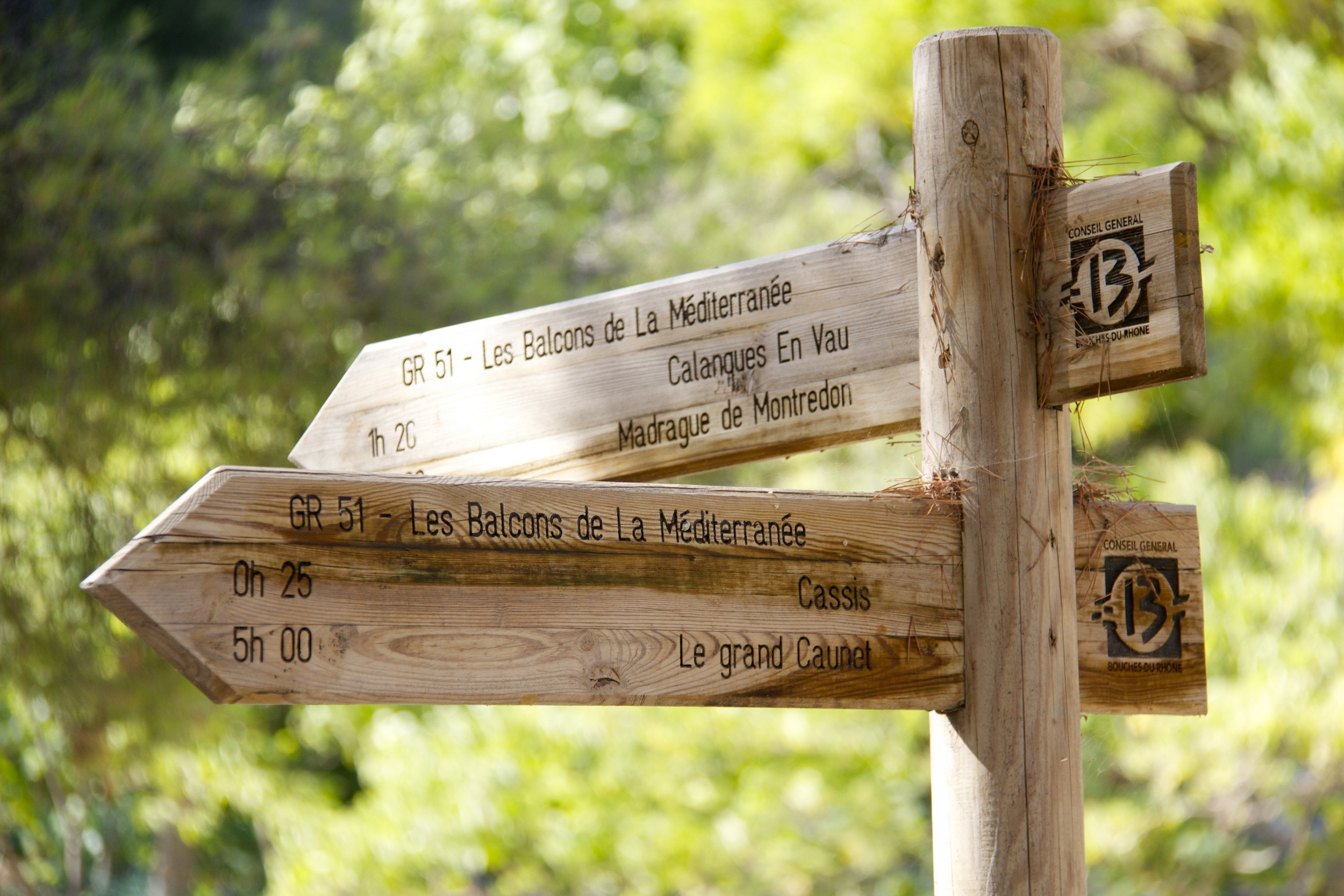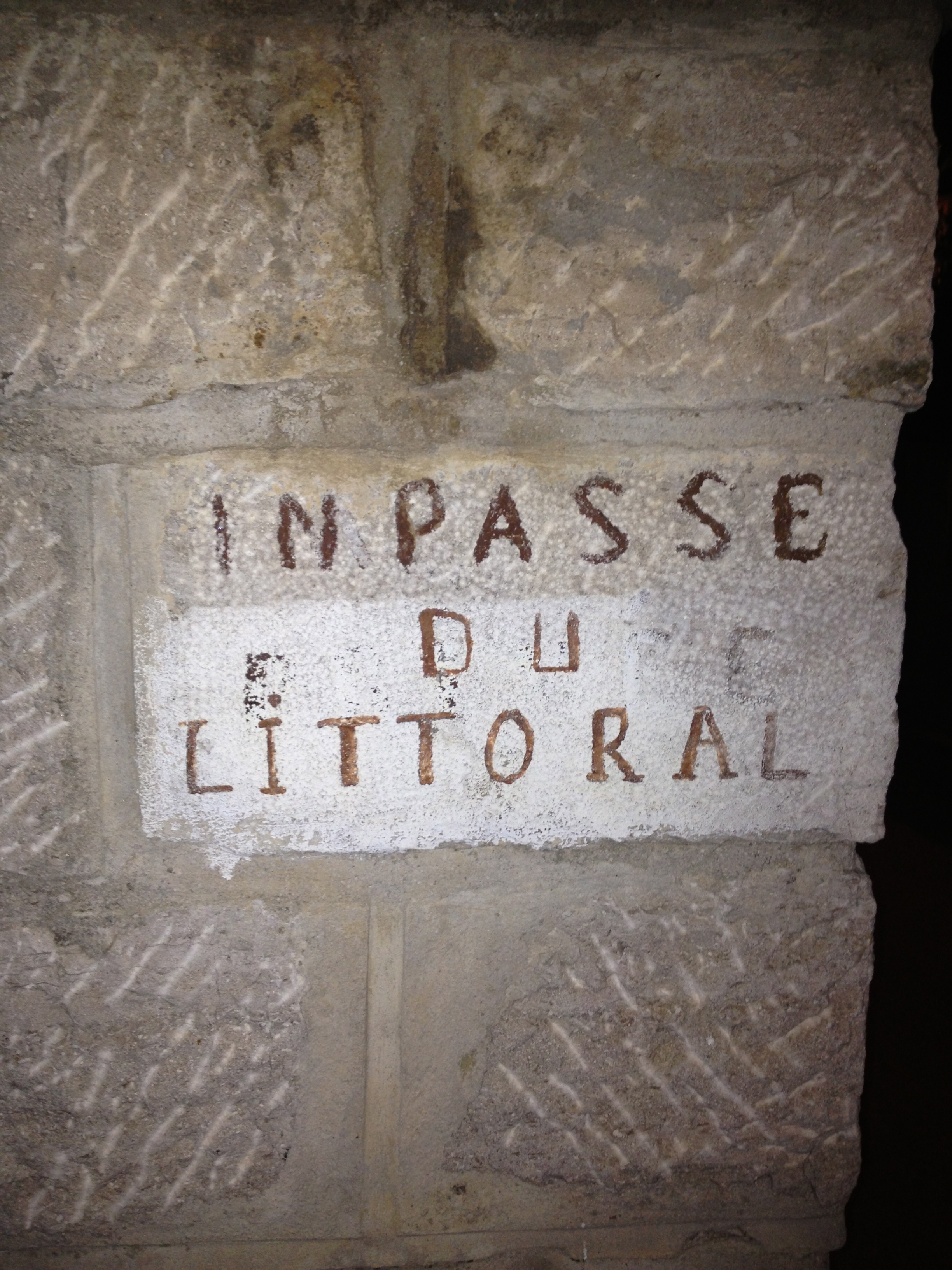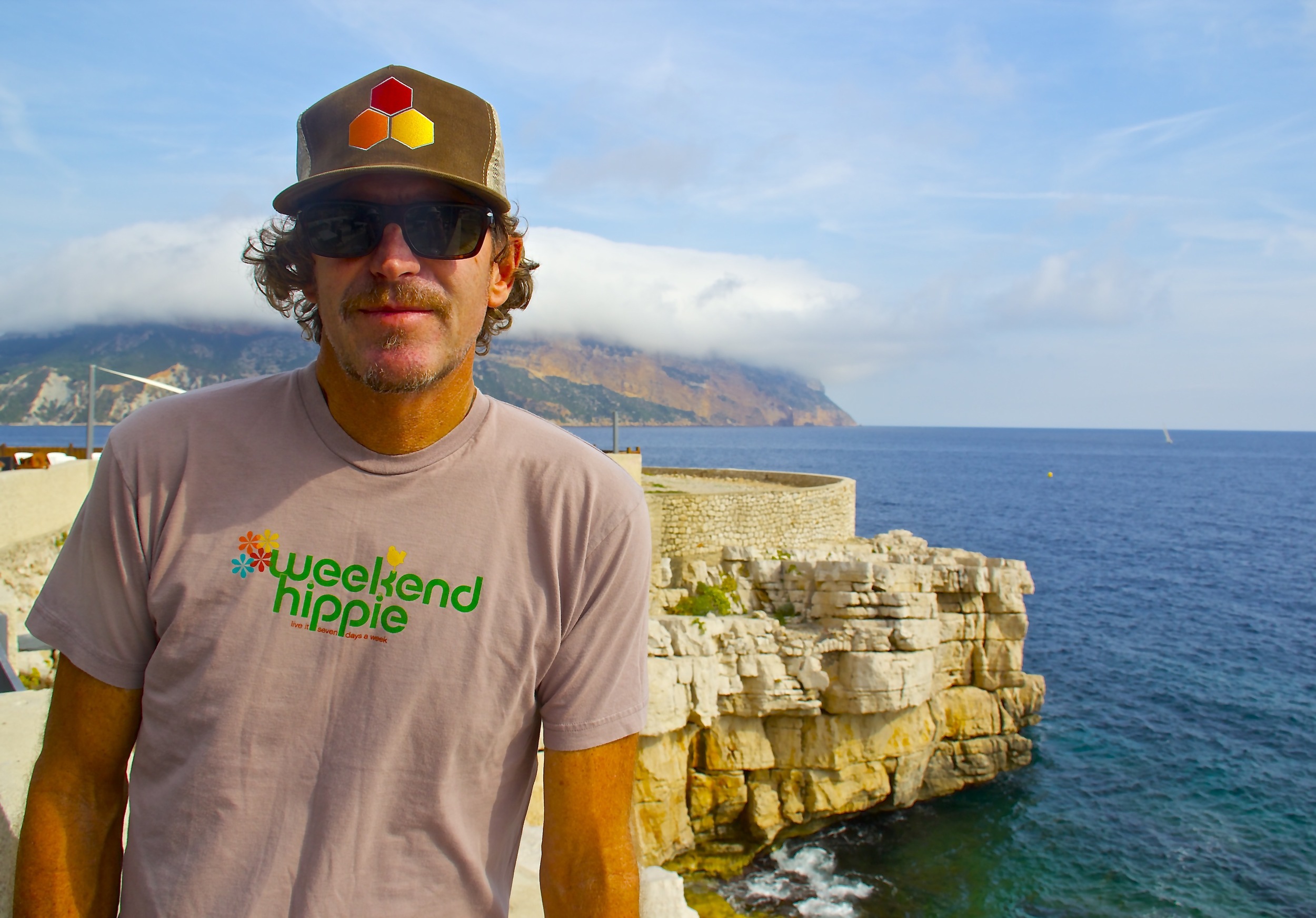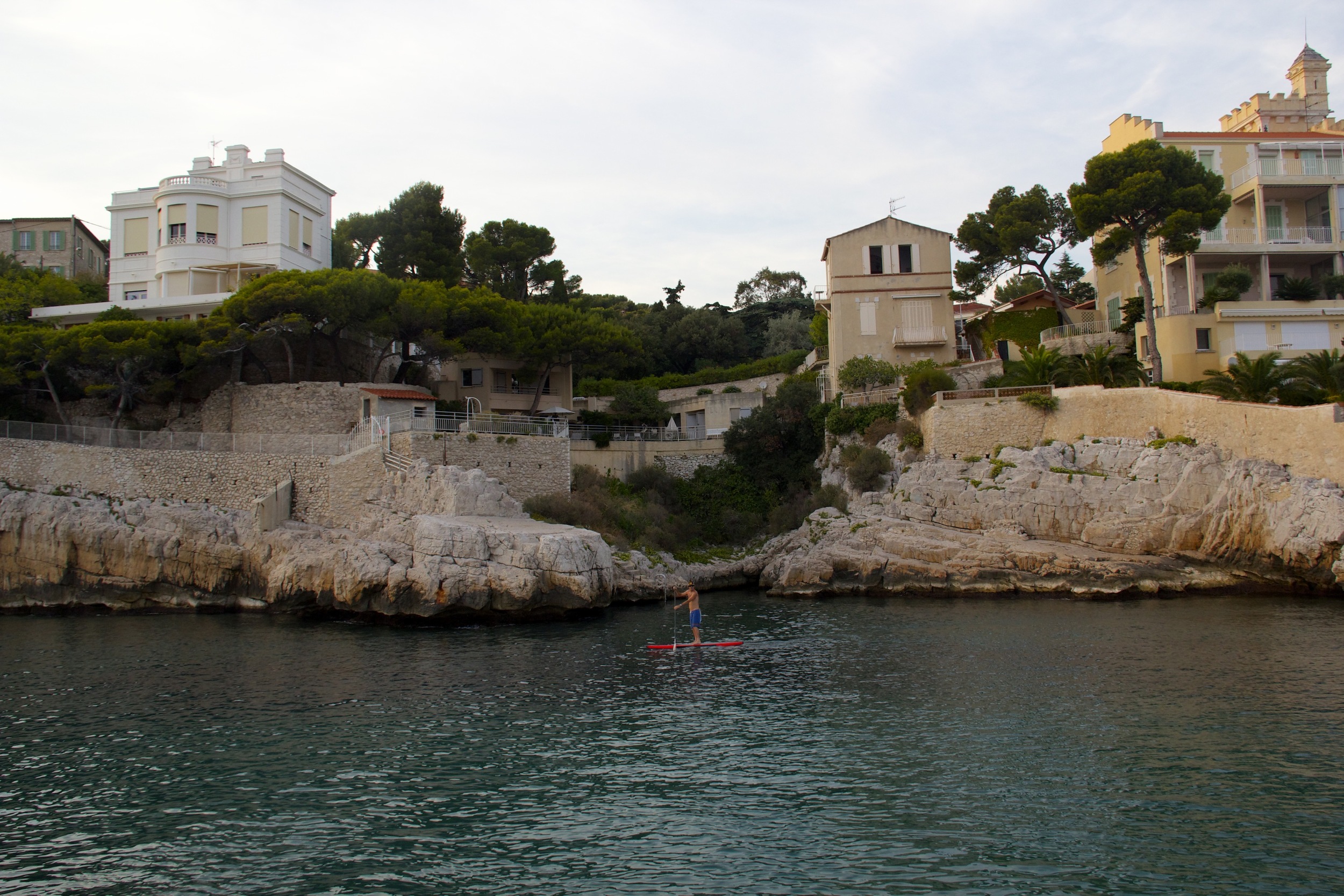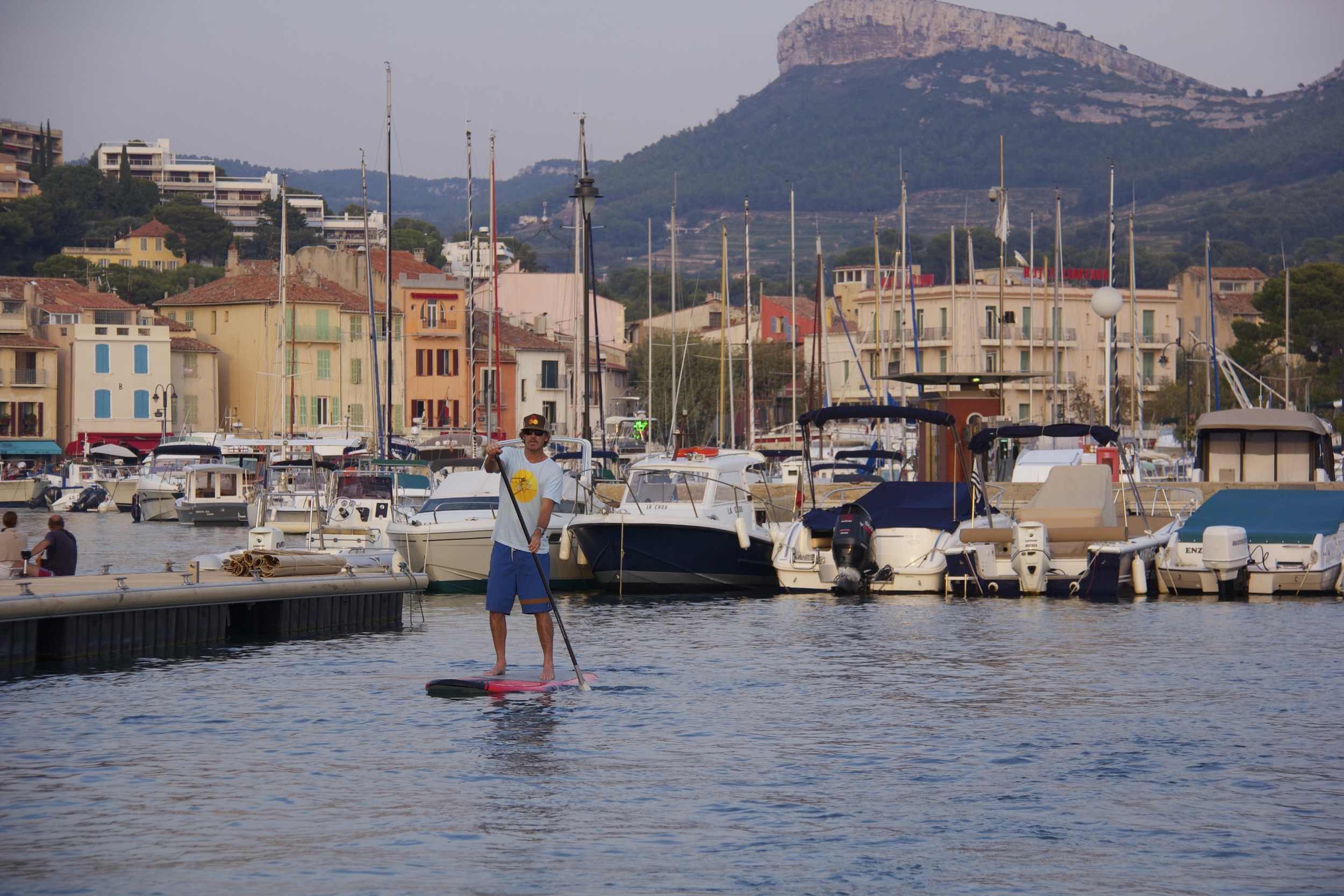Trekking: Morocco's Berber Villages
For those moderately adventurous but accustomed to Western culture, the allure of the Kingdom of Morocco is readily felt if not easily understood. Tantalizingly close to Europe, Morocco remains accessibly exotic and rewards those who visit with insights into a different way of looking at the world. Why are we so intrigued?
First widely depicted in European popular culture in paintings by the likes of Delacroix and later Majorelle, Morocco stoked the collective imagination of a populace that had embraced the notion of Romanticism as it spread across the continent in the early 19th century. Romanticism built upon and infused the Age of Enlightenment with a new interest in the exotic and unknown, the concept of “Orientalism” was born. The paintings based on Delacroix’s travel to North Africa in 1832, including “Women of Algiers in Their Apartment”, both intrigued and unnerved his European audience. Scholars, painters and writers who followed fanned the flames of curiosity. French colonial ambitions were fueled, in part, by the Orientalist mystique.
100 years later, as French colonial control came under attack by a growing nationalist movement, American writer and composer Paul Bowles would visit and ultimately settle in Tangier, Morocco. Bowles came to symbolize the Western expatriate living in North Africa. His must reads for the plane include “The Sheltering Sky” (1949), a tale of ill-fated travelers to Morocco, and “The Spiders House” (1955), a reflection on the end of French colonial rule in Morocco. Books such as these introduced a new generation to North Africa and only served to reinforce the image of Morocco as a destination for adventure just as international travel was becoming widespread.
35 years after Bowles first visited Tangier, his writing would help inspire a new migration to Morocco as the counter culture youth (yes, Hippies) and other hipsters of the late 60s embraced what European surfers already knew – that Morocco was cool, exciting and exotic. Just as paintings and novels had served as the Tweets of their day, popular culture now looked to rock music to supply the theme song:
“…Take the train from Casablanca going South.
Blowing smoke rings from the corners of my mouth.
Colored cottons hang in air
Charming cobras in the square.
Striped djellebas we can wear at home
Well let me hear you now
Don’t you know we’re riding on the Marrakesh Express
They’re taking me to Marrakesh…”
The cobras still charm in Jemaa El Fnaa square, an amazing space where acrobats, storytellers, hustlers, artists, actors and musicians preserve cultural and oral history, rituals and culinary traditions in a fantastical attack on the senses.
Both frenetic and melancholy, Morocco somehow bridges the gap between Europe and Africa, between Islam and the West. The thread that runs from Delacroix to Bowles to Graham Nash is part of the lure but it is Morocco itself that excites and promises.
To the South and East rise the Atlas Mountains, the highest in North Africa and home to indigenous Berber communities that struggle to maintain a fiercely independent identity that spans 5,000 years. These beautiful people are welcoming, gracious and industrious – opening up their homes and sharing laughter, food and stories. We hope you’re stoked about these impressions and photos.
en amour avec cassis
““Qu’a vist Paris, se noun a vist Cassis, pou dire... N’ai ren vist.”
”He who has seen Paris and who has not seen Cassis can say... I have seen nothing.” ”
Frederic Mistral was know to exaggerate, of course, but Cassis remains the only alternative to all the better known, yacht-a-fied Mediterranean (Medi) locales in the South of France.
Forty minutes north of Marseille, Cassis is nestled in the shadow of Europe's highest maritime sea cliff, Cap Canaille, which rises an impressive 1,300 feet straight up from the Medi.
The Cap and the cozy Port du Cassis set the visual tone of this small seaside village. Don't be fooled, Cassis draws impressive crowds during the summer holiday when many tourists, mainly French, come to Cassis to eat, drink and bake. Nonetheless, Cassis offers a distinctly Weekend Hippie vibe.
The village elders pass the afternoon playing petanque, floating in the sea or generally chilling with a glass of Rose. Those inclined for a bit more adventure can hike or bike an impressive trail system, paddleboard the Medi, or explore the famous Calanques.
The Calanques de Cassis are fiord-like inlets that dot the ten-mile stretch of coast between Marseille and Cassis. The water is that kind of Photshop-blue that can't be real, except it is. It's a spectacular setting that cries out for hiking, paddleboarding, biking, swimming, cliff diving and lazy sunning.
The Farmers' Market, great food and friendly locals round it out. Maybe Mistral was on to something after all.
































